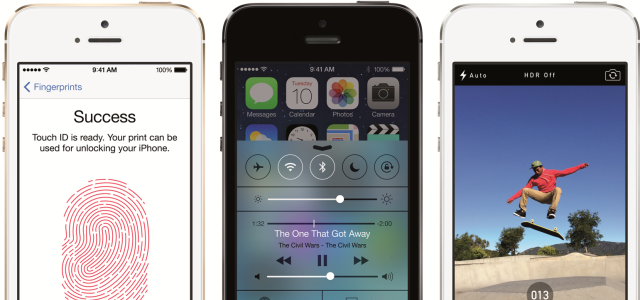Apple new iPhones – premium and low-end – are set to address demand of Samsung and Microsoft-Nokia smartphone users.
If Apple continues to follow its traditional strategy of offering 1-2 new devices per year, it will not grow further, mobile industry analysts warned.
The decision to bring 2-3 devices on September 10 and a press meet in China on 11 September shows a major strategy change.
Apple CEO’s frequent visits to China reflect the company’s hunger for a deal with China Mobile, which has around 700 million mobile users.
At the same time, Apple is yet to expand its presence in India, another rapidly growing smartphone market in the world. It seems Apple will not target India as its key market for the time being considering the fact that it does not have cost effective smartphones to offer to Indians. This is despite a growing youth population who are looking to connect with Internet – using 2G and poor quality 3G networks.
The key challenge for Apple this week is to demonstrate that it can maintain momentum in overall sales of iPhones.
Apple iPhone sales have slowed significantly, from 80-100 percent to 24 percent, even accounting for the cyclical trends. This is partly due to the law of large numbers, as the same increase in shipments reflects a smaller percentage of historical shipments, but it’s also largely driven by Apple’s increasing saturation of its addressable market.
China is a key market for Apple, but its sales have flagged there lately and getting beyond the two smaller carriers is critical for future success. The cheaper iPhone is critical for expanding the addressable market, because many people in China and elsewhere simply can’t afford to buy a current generation iPhone, especially when it’s not subsidized.
“However, the key risk for Apple in launching a cheaper iPhone is that it may cannibalize sales of the high-end phone. That would exacerbate a problem Apple’s had for the last few quarters, as average selling prices for iPhones have fallen from $608 to $581 in the past year. That in turn squeezes margins, and it’s only likely to get worse with a cheaper iPhone,” said Jan Dawson, chief telecoms analyst at Ovum.
The trick is for Apple to position a cheaper device so that it’s attractive for those that haven’t been able to afford an iPhone before, but is missing enough key features for the new flagship iPhone to remain compelling.
That means getting the price for both devices right, but it also means figuring out how to make the lower-cost variant feel like a real iPhone while stripping out significant cost. Regardless of how Apple resolves this, if it is able to get back to higher growth, it will definitely come at the expense of lower margins. The combined high growth rates and astronomical margins of the past are gone.
Apple needs to demonstrate in the coming months that it has other product lines which can start to make up for slowing growth and falling margins in iPhone and iPad. Both the iPhone and iPad generate $400-$600 in revenue per unit, and sell tens of millions per quarter.
“A smart watch or even a revamped Apple TV are unlikely to generate anything close to those sorts of numbers, and that’s a problem Apple will have to work hard to overcome,” Dawson added.
Samsung Gear smartwatch is not getting positive feedback from the industry. Microsoft which will take Nokia to new levels will be a tough competition to Apple. BlackBerry is out of the market due to its own issues. Sony is also gearing up.






